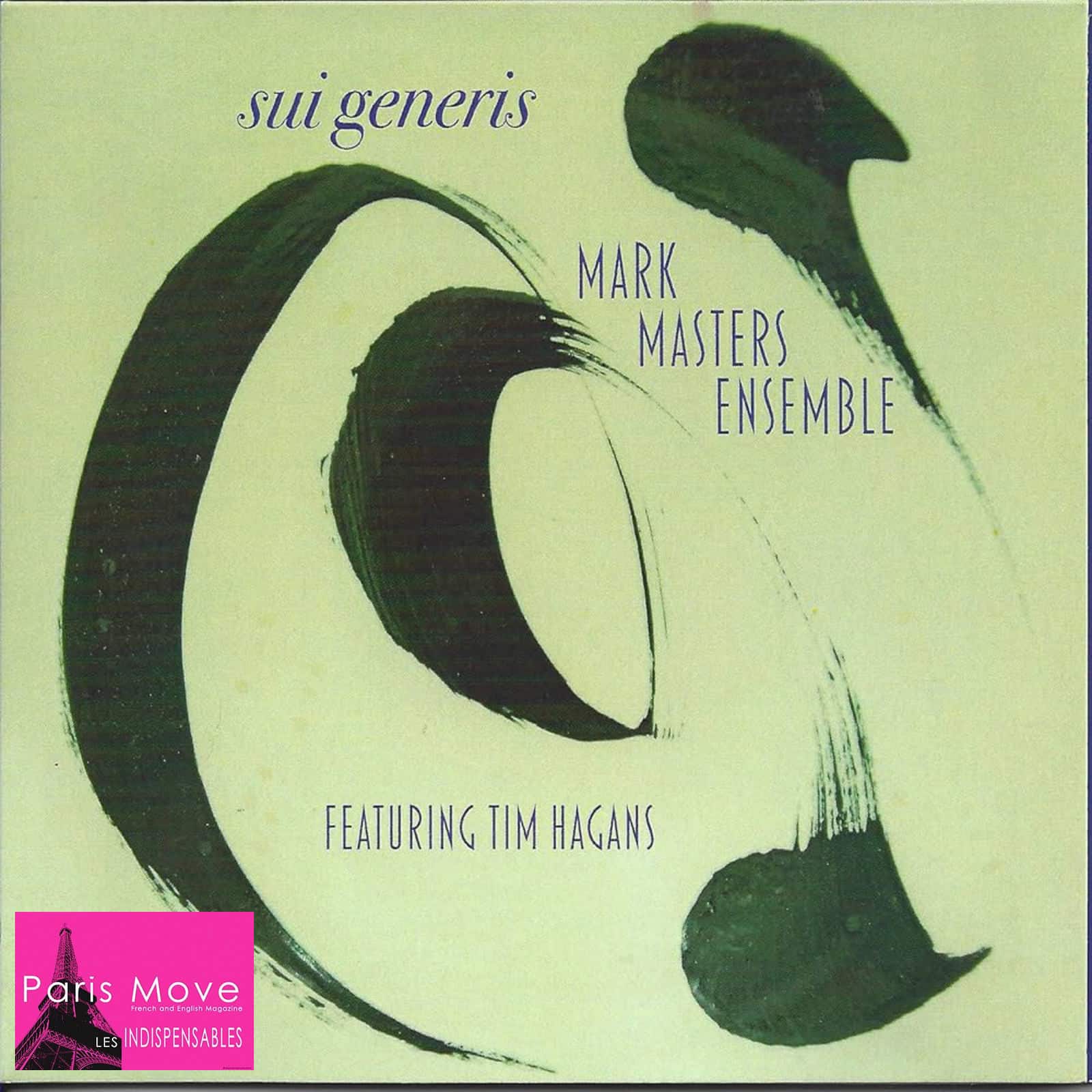| Jazz |

Sometimes I simply feel like talking to you about an album that is just beautiful music, not necessarily the most innovative, the most avant-garde—no, just because putting the CD on the turntable, sitting down, allows you to vibe with works that are honestly composed, and makes you want to listen to a large ensemble while letting yourself dream… In this case, Mark Masters offers a very luxurious album in its form, with beautiful compositions and good arrangements, featuring a special guest, trumpeter Tim Hagans.
Nearly fifty years ago, a teenage Mark Masters, then an aspiring young jazz trumpeter, first heard the sound of trumpeter and flugelhornist Tim Hagans, who was playing in the Stan Kenton orchestra. Over the years, as Masters became one of the most acclaimed composer-arrangers of his generation, he frequently collaborated with Hagans and came to know him as a unique talent. “Tim is a true original,” Masters says.
It’s impossible not to feel like you’re in a 1950s atmosphere, and yet, in terms of style, this album is very much a product of today. Regarding Tim Hagans, Masters says, “He developed his own harmonic language, which not many people have done. The term ‘sui generis,’ a Latin expression meaning ‘one of a kind,’ applies perfectly to him.” Indeed, *Sui Generis* is an album entirely dedicated to the trumpeter, placing him at the forefront of the idiosyncratic Mark Masters Ensemble. Originally conceived as a showcase for Hagans within the framework of jazz standards, the project evolved into what Masters now calls “a kind of concerto for chamber orchestra.”
And this interaction between the trumpeter and the orchestra is quite fascinating. As the album progresses, a language takes shape, a story is told, and it’s not just about the encounter between the two musicians. There’s as much poetry, romance, and sometimes humor that we are witnessing a true slice of life. Constantly changing in terms of personnel and instrumentation, the Mark Masters Ensemble maintains two constants in all its variations: an exceptionally high level of musicianship and a taste for Masters’ distinct and unconventional aesthetic. In this case, the Ensemble places Hagans alongside two saxophones (Nicole McCabe on alto and Jerry Pinter on tenor and soprano); Dave Woodley’s trombone; John Dickson’s French horn; and the rhythm section of pianist Jeff Colella, bassist Chris Colangelo, and drummer Kendall Kay. Masters emphasizes that Hagans’ central role should not diminish the importance of these other musicians in *Sui Generis*.
“They are all active participants and collaborators in this entire project,” he says. “Even though it’s orchestral music, it’s still improvised music; spontaneity and surprises happen, and all you can do is smile and look at your fellow musicians in amazement, because you know their surprises will make the music better. And that is at the heart of what all jazz records should be.”
The deeper we delve into this album, the more the romantic aspect becomes clear. What we initially took for a classic jazz album turns out to be something much more, following in the footsteps of Stan Getz or Dave Brubeck. Yes, this album is one to discover, for its beauty—the beauty of art and well-crafted work. Some piano chords appear like winks to Erik Satie. It’s hard not to feel at home in such fine company. So, yes, yet another album that joins our “Indispensables,” showing that there are countless ways to achieve this…
Thierry De Clemensat
USA correspondent – Paris-Move and ABS magazine
Editor in chief Bayou Blue Radio, Bayou Blue News
PARIS-MOVE, September 24th 2024
Follow PARIS-MOVE on X
::::::::::::::::::::::
